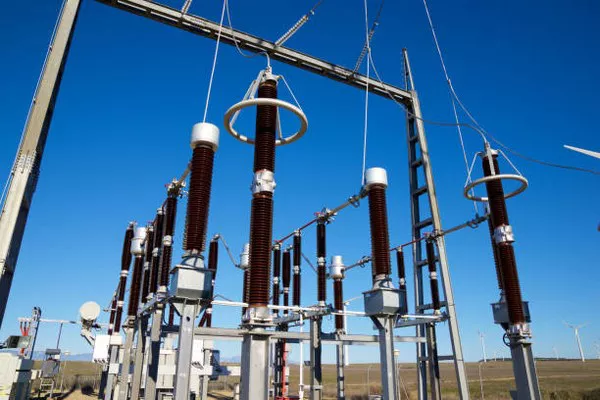Transformers, essential components in electrical engineering, play a crucial role in the transmission and distribution of power. These devices facilitate the transfer of electrical energy between circuits through electromagnetic induction. Understanding the main types of transformers is fundamental for professionals in the field, as it enables them to select the most suitable transformers for specific applications. In this article, we will delve into the primary types of transformers, exploring their functions, applications, and key characteristics.
Power Transformers:
Power transformers are the backbone of electrical grids, serving to step up or step down voltage levels for efficient power transmission. These transformers are categorized into two main types: step-up transformers and step-down transformers.
Step-Up Transformers: These transformers increase the incoming voltage to a higher level, facilitating long-distance power transmission with reduced energy losses. Power generated at a power station is often stepped up for transmission through high-voltage transmission lines.
Step-Down Transformers: Conversely, step-down transformers decrease the voltage to a lower level for distribution and consumption by end-users. Substations utilize step-down transformers to reduce high-voltage transmission to safer and more usable levels for homes and businesses.
Distribution Transformers:
Distribution transformers play a vital role in delivering electricity to end-users by further stepping down the voltage from the substation level to levels suitable for household and industrial applications. These transformers are commonly found on utility poles and in pad-mounted enclosures.
Distribution transformers are crucial for minimizing energy losses during the final stage of power distribution, ensuring that electricity reaches consumers at optimal voltage levels. They are designed to handle variable loads and are more compact than power transformers, making them suitable for urban and suburban areas.
Instrument Transformers:
Instrument transformers are specialized devices designed to provide accurate measurements of current and voltage in power systems. These transformers include current transformers (CTs) and voltage transformers (VTs).
Current Transformers (CTs): CTs step down the high current in a power system to a level that can be safely measured by instruments. They are essential for protecting and monitoring equipment and are commonly used in conjunction with protective relays.
Voltage Transformers (VTs): VTs, also known as potential transformers, reduce high voltages to safer and measurable levels for monitoring and protection purposes. They ensure that voltage measurements are within the range of measuring instruments.
Isolation Transformers:
Isolation transformers are designed to provide electrical isolation between the input and output windings, preventing the flow of direct current (DC) and minimizing the risk of electric shock. These transformers are widely used in sensitive electronic equipment, medical devices, and telecommunications systems.
Isolation transformers are invaluable in applications where galvanic isolation is necessary, ensuring that no direct connection exists between the input and output sides. They enhance safety and protect equipment from potential damage caused by ground faults.
Autotransformers:
Autotransformers are a type of transformer where the primary and secondary windings share a common winding. This design allows for a more compact and cost-effective solution compared to dual-winding transformers. Autotransformers are commonly used for voltage regulation and in applications where space and cost considerations are critical.
Despite their efficiency and cost advantages, autotransformers have limitations in terms of isolation between the primary and secondary circuits. Therefore, they may not be suitable for applications requiring strict electrical isolation.
See also What Is Current Transformer And Voltage Transformer
Conclusion:
In conclusion, transformers are indispensable components in the field of electrical engineering, serving a wide range of applications across power generation, transmission, and distribution. Understanding the main types of transformers, including power transformers, distribution transformers, instrument transformers, isolation transformers, and autotransformers, is crucial for professionals in the industry.
Each type of transformer has its unique characteristics and is designed to fulfill specific functions, contributing to the overall efficiency and safety of power systems. As technology continues to advance, transformer design and applications will likely evolve, further enhancing their performance and adaptability in the ever-changing landscape of electrical engineering.

